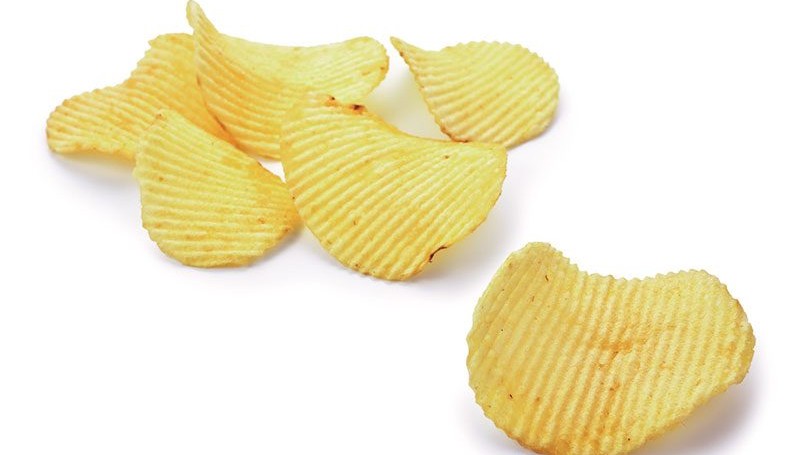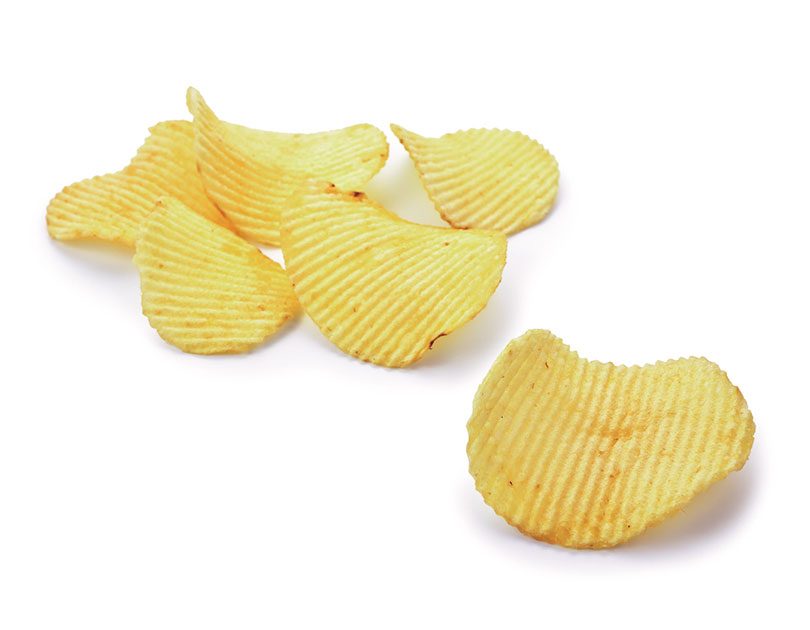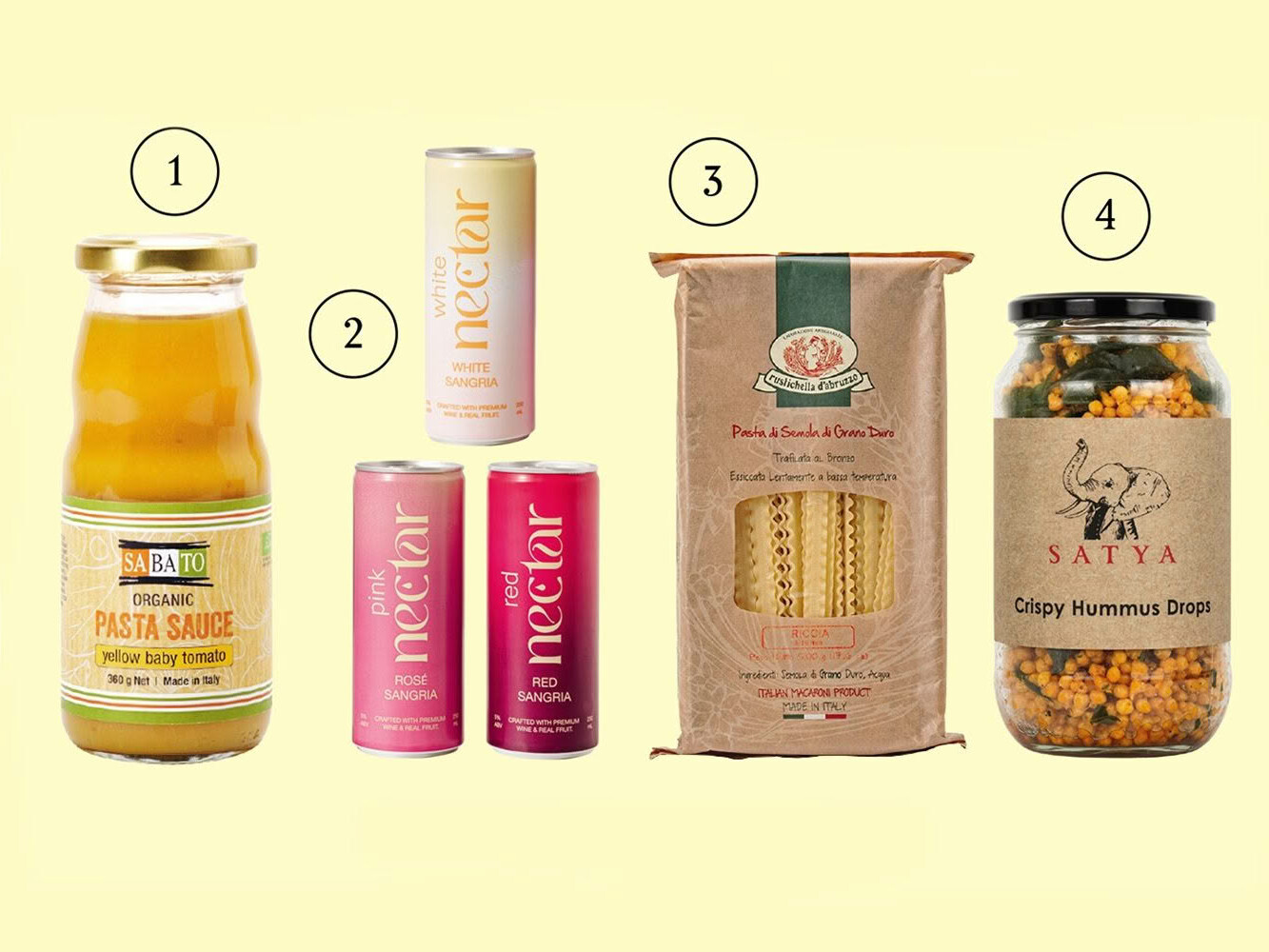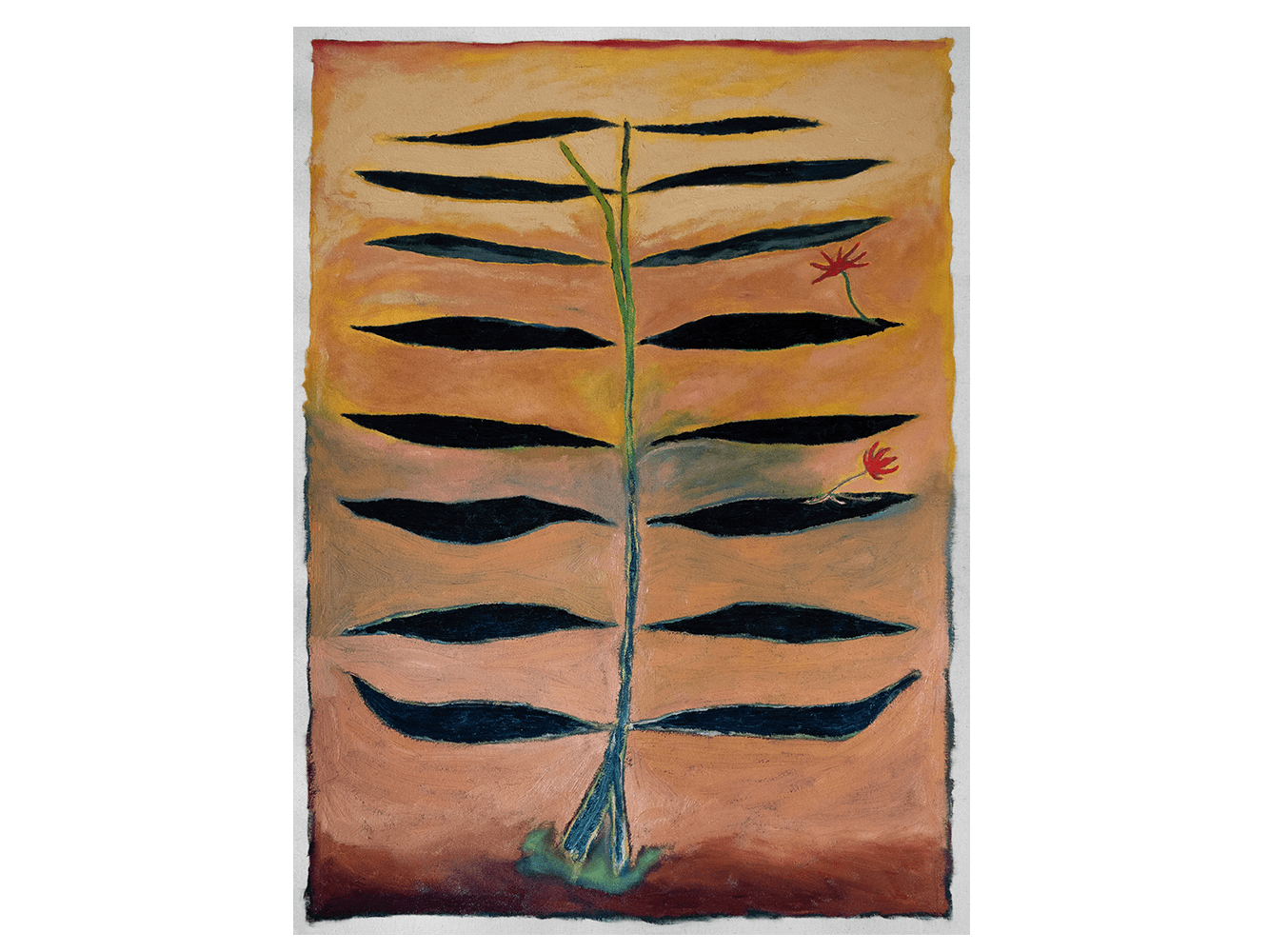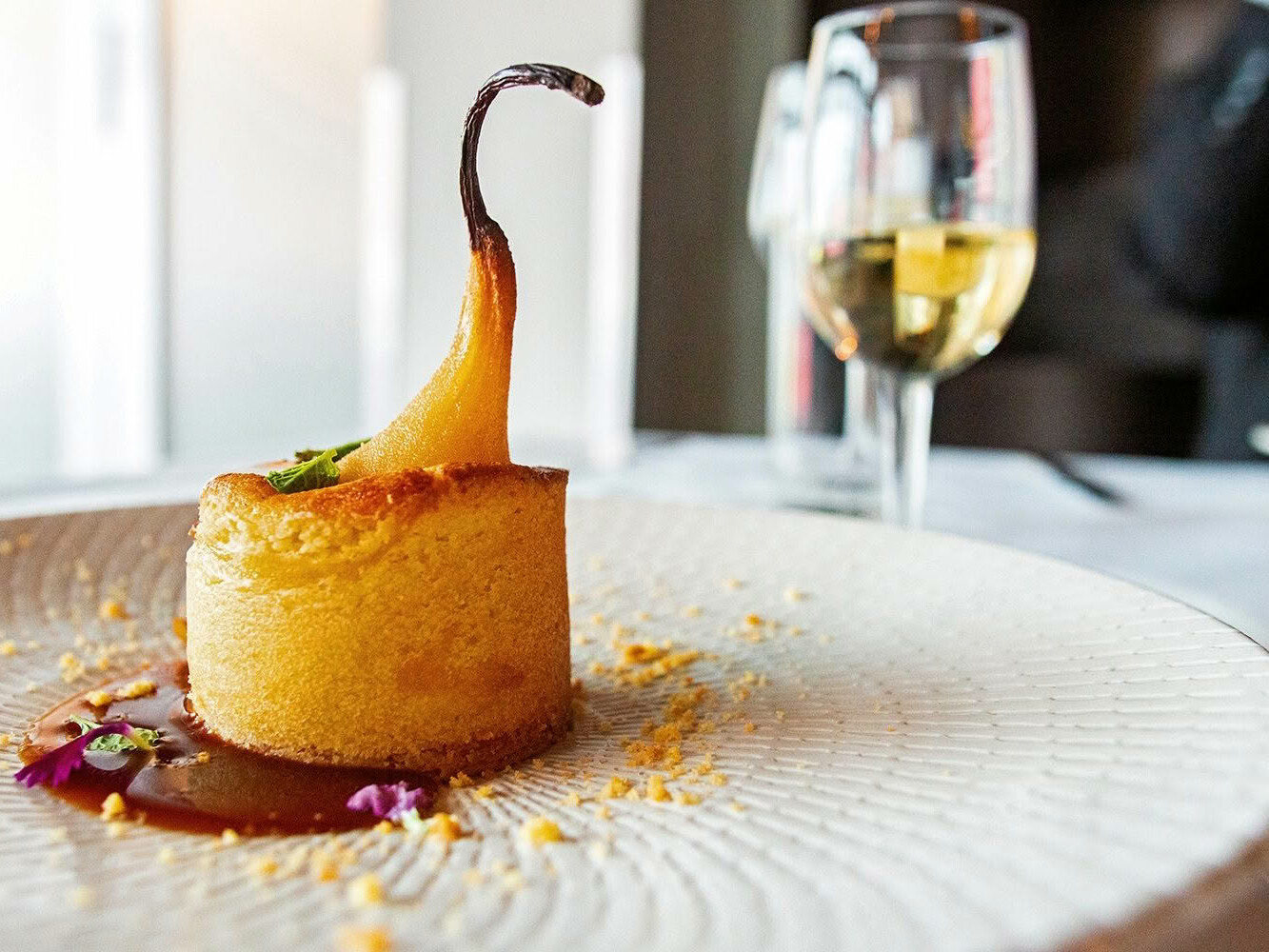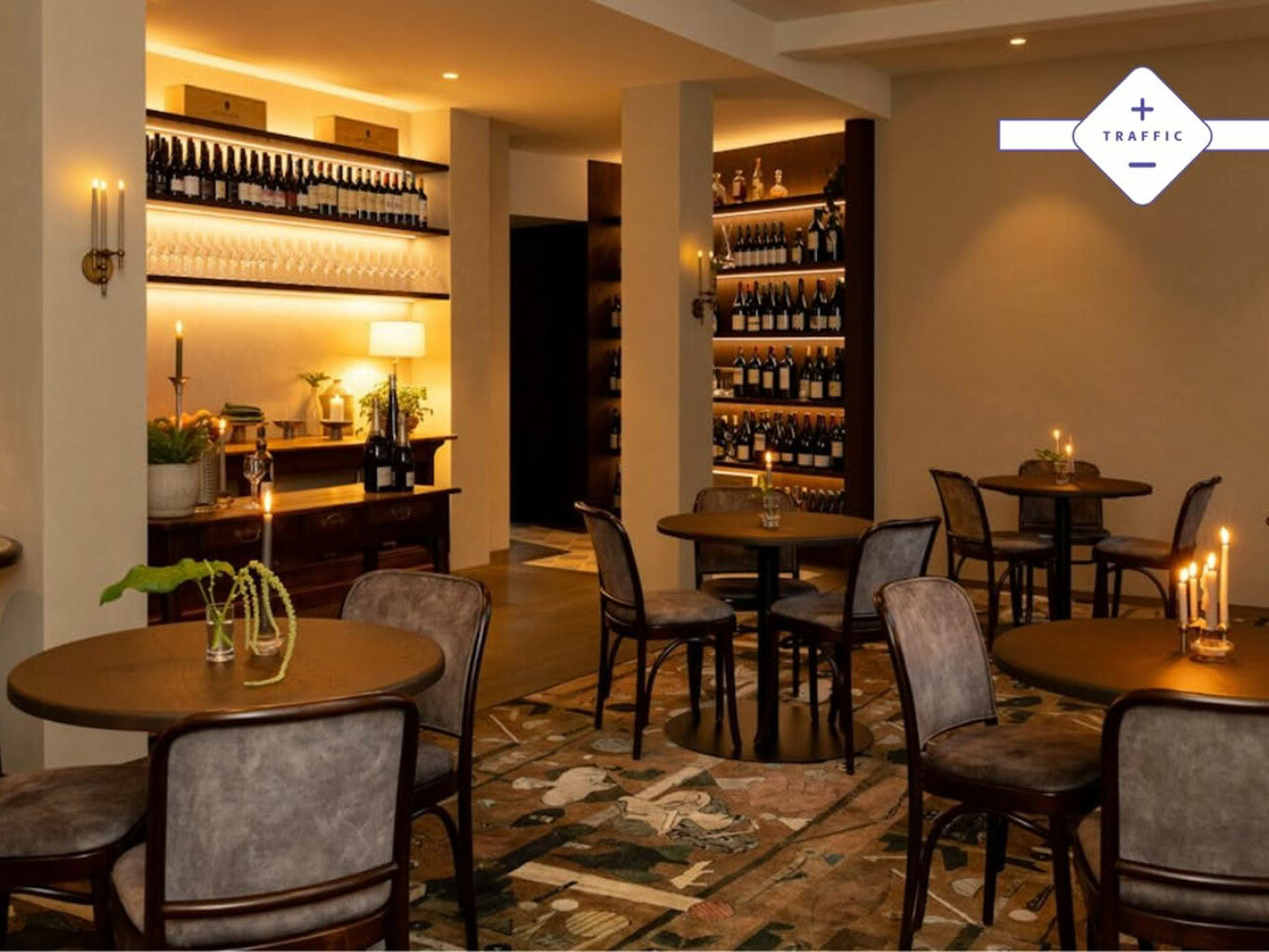You know those frustratingly organised, somehow effortlessly prepared friends who ‘just happen’ to have something delicious chilling in the fridge when you show up unannounced? Well, with this simple guide, you too can be ‘that person’ (to the annoyance of all your peers).
There are both classic and avant-garde styles of wine that are perfectly suited to low-effort gatherings – or that precious half-hour when you need to distract your guests while you’re in the kitchen trying to come up with something on the fly because they arrived earlier than you expect. From pét-nat to riesling, a crisp rosé or a skinsy white, these wines are nearly food-agnostic and are interesting enough to draw conversation and attention away from the frantic ‘making it up as you go’ happening in the background.
Now, I LOVE a pét-nat; it’s fruity, direct, fun and easy enough to pour without being too fizzy. The bottles usually look great too. But, if you want a hassle-free bottle, look for ones that are disgorged. You can tell this by checking the base of the bottle – pét- nat producers tend to favour untinted bottles anyway so it should be easy enough to ascertain. If the bottom of the bottle is free from sediment, it is probably disgorged. If it has a layer of settled particles (yeast lees), then it will not have been disgorged and there is a risk that, when opened, the bottle could be very excitable – gushing wine over the bench top, you and your guests – prompting some rapid reaching for glasses to catch the wine. Now, it is fine for a pét-nat not to be disgorged – in fact, there are some schools of thought that insist proper pét-nat is undisgorged. However, for our purposes of an open-and-forget bottle of wine to distract your guests, it might be safer to opt for disgorged versions.
I also think that a crisp rosé, skinsy white or racy bottle of riesling is the perfect apéritif and, importantly, goes with a pack of crisps poured into a bowl so easily. Rosé and riesling, I’m certain you’ll be familiar with, but what in the world is a skinsy white? It is a term that is gaining traction to describe white wines with some influence of skin-fermentation/maceration in the manner of orange wines, but without being as strongly grippy, drying and seriously firm as a full-blown orange/amber wine.
There are numerous good examples of this style both in Aotearoa and from abroad, combining some of the positives of skin-fermentation (texture, flavour, depth) without having to commit to the experience of an orange/amber wine. It is akin to someone who likes a bit of bite and astringency in their beer but isn’t always looking for monstrously hoppy IPA. A Thousand Gods, Ata Rangi (Te Wā), Halcyon Days, Mount Edward and Huntress are all good sources of skinsy whites, and once you start searching you’ll find many more producers that make this style.
Now, it’s late spring so even though ambient temperatures are not that high yet, fridge space in some households is at a premium. So there are a few bench-top bottles of lighter reds that warrant consideration. The wine most commonly associated with this style would be gamay from Beaujolais, but there has also recently been an explosion of choice in highly drinkable, interesting red and – when blended with white grapes, or only given a short maceration – red-adjacent wines. Think Austrian zweigelt, sankt-laurent and even lighter styles of blaufränkisch; cabernet franc, either from the Loire or made in the crisp, crunchy Loire-style is also a great natural fit.
A decade ago, the Jura and Savoie could have provided poulsard, trousseau and mondeuse wines, which fit the bill, but these are now often priced out of reach, sadly, due to the tides of fashion. Closer to home, Australia is increasingly a reliable source of lighter reds, rather than just powerhouse expressions shiraz and grenache. Both grapes, along with a plethora of Italian varieties, can be harnessed to make lighter, softer and crisper red wines that awaken rather than overpower the palate before a meal.
Pinot noir, Aotearoa’s most-planted red variety, also fulfils this purpose, but only when it is made in a more charming, upfront way. Keep in mind that with many of these varieties, plenty of examples are also made as big, long-lived, serious wines with lots of tannin and body. Likewise, some would argue that a pinot noir that falls short of great complexity, perfume and commanding presence is simply not fulfilling its potential. So how do you know when the bottle you are considering is going to be ‘versatile’ rather than serious? Generally speaking, wines with significant new oak/barrel ageing are not designed to be accessible and easy drinking. Neither are those that purport long cellaring potentials.
So, let’s see if we can sum all this up into some guidelines to help you know which wines might serve the purpose we are pursuing here. Avoid wines that are very complex, or ones that are so mineral/savoury or tannic that they need specific food to shine. New oak falls into this category.
Acidity is your friend: higher-acid wines are refreshing, regardless of the colour and they can be more versatile to match with the kind of food that we usually whip up for a starter or canapé.
Lastly, I would generally stay away from sweet wines, but when they’re low in alcohol, such as a kabinett-style, with great acidity, they can be fantastically full-flavoured without being fall-over.
As a parting thought, even if you don’t find yourself in a situation where you need one of these bottles to buy you time, they are such all- occasion wines for this time of year that you’ll find plenty of reasons to enjoy it yourself without needing to plan a meal around the wine. ■
SEE MORE FROM CUISINE
Design File / Jessica Crowe / stylist, painter / Whangamatā
Though you may not know Jessica Crowe’s name, if you are a regular…
Traffic July / August 2025
Josh and Helen Emett continue the elegance and success of Gilt, with…

